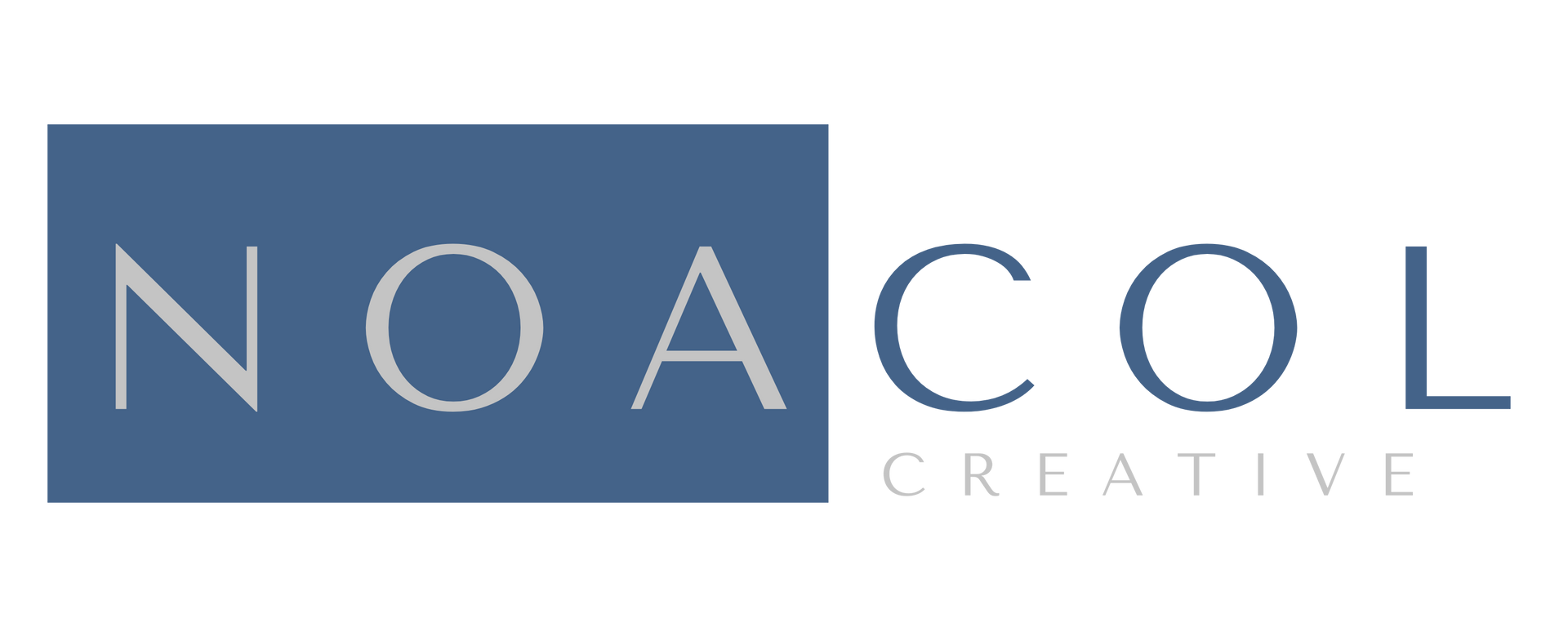SEO Vs. SEM: And Why It Matters
You've invested in a beautiful, user-friendly website – that's fantastic! But a stunning design alone won't magically bring in the traffic and leads your business needs. That's where search engine optimization (SEO) and search engine marketing (SEM) come into play.
Often used interchangeably, SEO and SEM are actually distinct strategies aimed at increasing your website's visibility in search engine results pages (SERPs) like Google, Bing, and others. Understanding the difference is crucial for developing a comprehensive and effective online marketing plan. Let's break it down:
Key aspects of SEO include:
- Keyword Research: Keyword research is the process of identifying the terms and phrases that your target audience uses when searching for products or services like yours. This, of course, varies based on the type of product or services you offer. There are sophisticated tools available to help with this, but just using your brain is a good place to start. You know your products and services. What are ways people could search for them online? If you are a bakery, they may look for you by searching for coffee or donuts or crepes or whatever else you might offer. Once you have created your list (which could be substantial), the trick is incorporating these keywords into your content.
- On-Page Optimization: This is the process of optimizing the content and HTML of your website pages to communicate with search engines. It includes things like this:
- Title Tags and Meta Descriptions: Crafting compelling snippets that appear in search results (some of the free AI tools available from Google and Microsoft are great for this).
- Header Tags (H1-H6): Structuring your content logically and highlighting important keywords. Put headers in to organize your content so that search engines understand how the content is organized.
- Content Optimization: Creating high-quality, informative, and engaging content that incorporates relevant keywords naturally. This is where you incorporate the keywords you listed from your research. Use the words in natural sentences. Do not just list them. It used to be appropriate to just list a bunch of words on a web page (and you'll still see this being done in some older websites), but search engines are smarter now and tend to ignore these lists.
- Image Optimization: Using descriptive file names and alt text for images. See our article on alt-tags
- Internal Linking: Internal linking is the task of connecting relevant pages within your website to improve navigation and distribute link equity. This is what I did in this article with the green words. They are all links to other pages inside and outside our website.
- Off-Page Optimization: Off page optimization pertains to work done to build your website's authority and reputation through external factors, such as:
- Link Building: Earning high-quality backlinks from other reputable websites.
- Brand Mentions: Getting your brand name mentioned online.
- Social Media Marketing: Engaging on social platforms can increase brand visibility and potentially lead to more organic traffic.
- Technical SEO: Ensuring your website is technically sound for search engines to crawl and index effectively, including:
- Website Speed and Performance: Optimizing loading times.
- Mobile-Friendliness: Ensuring your website is responsive and easy to use on all devices.
- Site Architecture and Navigation: Creating a clear and logical website structure.
- XML Sitemaps: Helping search engines discover all the pages on your site.
- Robots.txt: Guiding search engine crawlers on which pages to access.
SEO is a long-term strategy. It takes time and consistent effort to see significant results, but the organic traffic you gain can be highly valuable and sustainable.
SEM: The Power of Paid Search
Search Engine Marketing (SEM) is a broader term that encompasses all marketing efforts on search engines, both paid and organic. However, in common usage, SEM often refers specifically to paid search advertising.
Key aspects of SEM (Paid Search) include:
- Pay-Per-Click (PPC) Advertising: Creating and running ads that appear at the top or bottom of search results pages. You pay a fee each time someone clicks on your ad.
- Keyword Targeting: Choosing specific keywords to trigger your ads when users search for those terms.
- Ad Copywriting: Crafting compelling and relevant ad text that encourages clicks.
- Bidding Strategies: Setting bids for your keywords to determine how often your ads appear and in what position.
- Ad Extensions: Adding extra information to your ads, such as sitelink extensions, callout extensions, and phone number extensions.
- Campaign Management: Monitoring and optimizing your ad campaigns to improve performance and ROI.
- Platforms: Primarily Google Ads (formerly AdWords) and Microsoft Advertising (formerly Bing Ads).
SEM (paid search) offers immediate visibility. You can quickly get your website in front of your target audience for specific keywords. However, it requires a budget, and your visibility stops as soon as your ad spend ends.
Here's a simple analogy:
- SEO is like planting a garden: It takes time and effort to cultivate, but once it grows, it can yield a continuous harvest.
- SEM (paid search) is like renting a billboard: You get immediate visibility, but once you stop paying, the billboard is gone.
Conclusion
SEO and SEM are not mutually exclusive; in fact, they often work best in tandem. By understanding the strengths and weaknesses of each strategy, your website design company can help clients build a powerful online presence that drives both immediate results and long-term growth.
Ready to discuss how SEO and SEM can elevate your online presence?
Ready to take your business to the next level? Contact us today to learn how we can help you achieve your goals with our expert marketing and design services.
